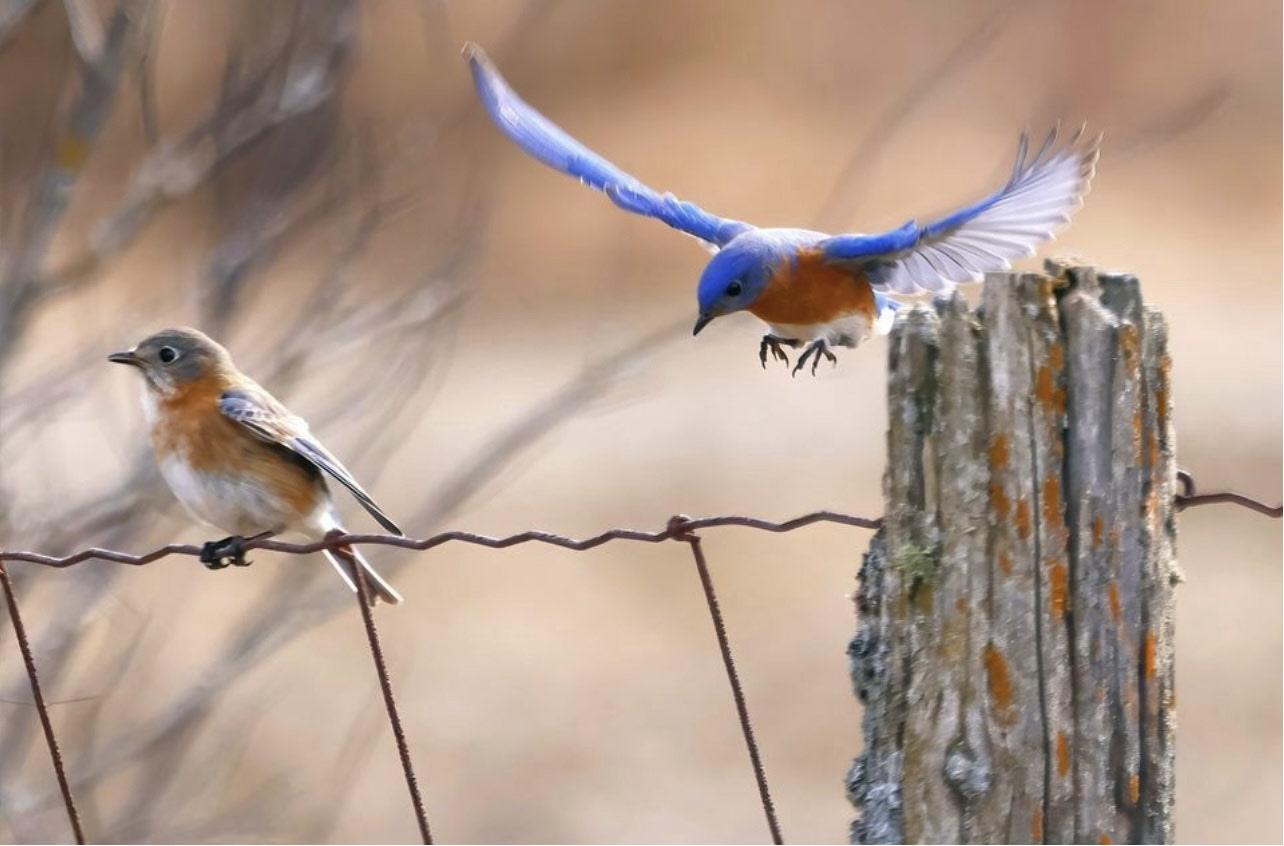Bird populations rebound amid conservation efforts
Tashi Farmilo
The State of Canada’s Birds 2024, released recently by Environment and Climate Change Canada in collaboration with Birds Canada, paints a complex picture of the country’s avian populations. While some species are showing signs of recovery thanks to targeted conservation initiatives, others remain at risk, particularly in the Outaouais region.
“Birds are at the heart of Canada’s biodiversity,” said Steven Guilbeault, the Minister of Environment and Climate Change. “Where deliberate conservation actions have been taken, bird populations have recovered.” The report highlights this dual reality, noting that while certain bird groups have made significant gains, others continue to decline due to habitat loss and other human-related threats.
The study, covering 463 regularly occurring bird species in Canada, marks the most comprehensive analysis of its kind since 1970. For the first time, it sets long-term population targets for native bird species with sufficient data, a move aimed at measuring progress and ensuring that both policy makers and the public have access to the best available information. This focus on transparency and data aligns with Canada’s commitments under the Kunming-Montreal Global Biodiversity Framework, a global initiative designed to halt and reverse biodiversity loss.
In the Outaouais region, a number of bird species feature prominently in the report’s findings. Among them is the Blackpoll Warbler, a migratory species that traverses the region twice annually. The bird, which falls under the categories of long-distance migrants and forest birds, has seen its population decline by nearly 80 percent since 1970. The report identifies habitat loss and window collisions as critical threats, not only in Canada but throughout its migratory path to South America.
Patrick Nadeau, President and CEO of Birds Canada, underscored the urgency of addressing these issues. “Birds provide us with beauty and solace in the natural world,” he said. “But they are also an important indicator of the health of our planet. What they tell us is that humans are impacting bird populations.” Nadeau highlighted both the positive effects of wetland conservation, which has led to rebounds in wetland bird populations, and the ongoing decline of grassland birds, which are particularly vulnerable to habitat destruction.
The report’s release comes just weeks before Canada hosts the 2024 Conference of the Parties (COP16) to the United Nations Convention on Biological Diversity, a summit where nations will convene to discuss further actions to protect nature. The findings are expected to inform Canada’s position at the conference and bolster the country’s commitments to halt nature loss by 2030 and achieve full recovery by 2050.
Locally, the Outaouais region faces specific challenges that align with national trends. The report points out that window collisions, a leading cause of bird mortality, are especially relevant for the region’s urban and suburban bird populations. Simple solutions, such as treating windows to make them visible to birds and keeping cats indoors, are recommended actions. Many of these conservation measures require the cooperation of municipalities and community groups, such as the Club des ornithologues de l'Outaouais, which is actively involved in local bird protection efforts.
As Canada and the world turn their attention to COP16, the new report serves as a reminder of the ongoing work needed to safeguard the country’s bird populations. “Together with communities, citizen scientists, and organisations like Birds Canada, we are working to build a future that supports nature,” said Guilbeault. “Canada is committed to halting and reversing nature loss by 2030 and achieving full nature recovery by 2050.”






